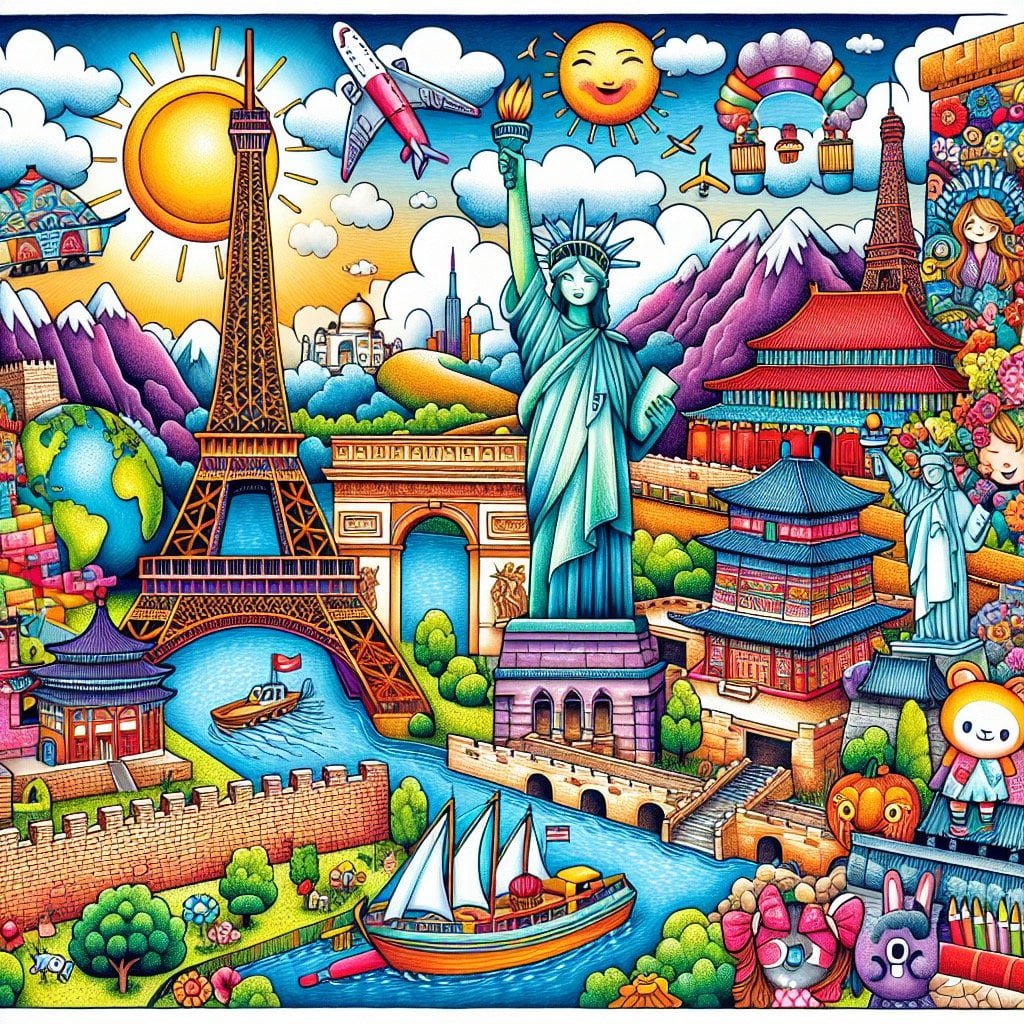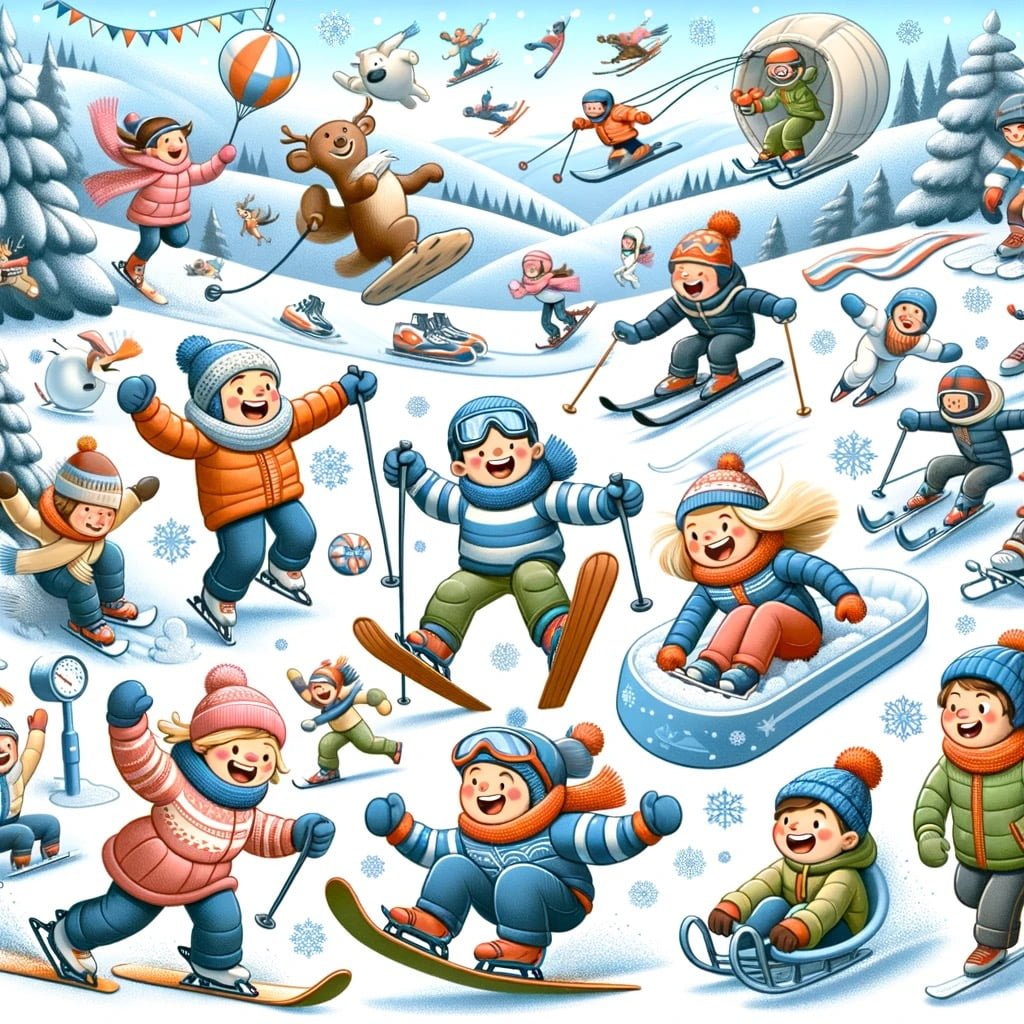Welcome to a fascinating exploration of Fun Facts for Kids About Holidays! Holidays are more than just dates on a calendar – they are special occasions that bring people closer together, creating lasting memories and traditions. From the origins of Christmas trees to the significance of Easter eggs, each holiday holds its own unique history and cultural significance. By delving into these fun facts, children can gain a deeper appreciation for the values and beliefs of different societies, spark curiosity and creativity, and develop a sense of empathy and global awareness. Join us on this journey of discovery as we explore the rich tapestry of holidays and the stories behind them. Get ready to be amazed and inspired by the fascinating world of holidays!
Fun Facts for Kids About Holidays
1. Christmas Trees Were First Decorated in the 16th Century
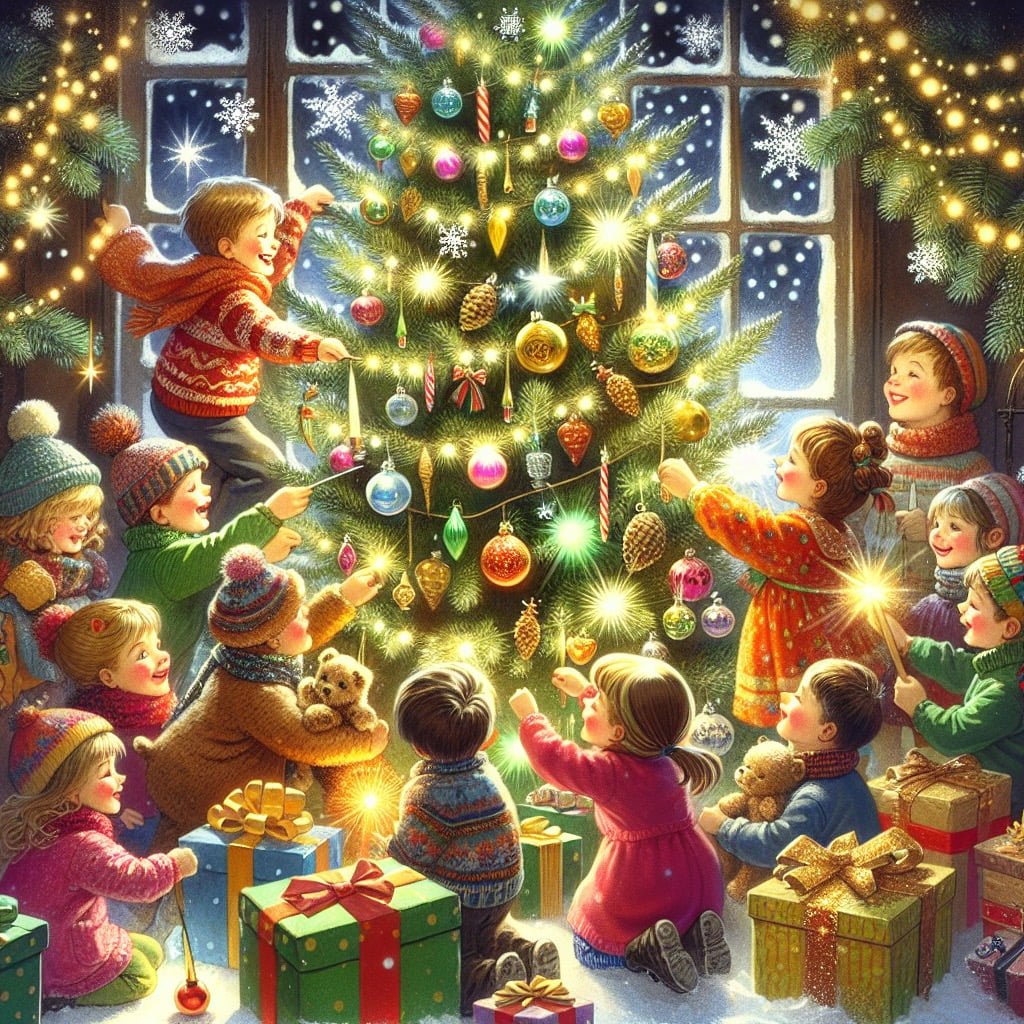
For younger kids: People started decorating Christmas trees a long time ago so Santa knows where to leave the presents!
For older kids: The tradition of decorating Christmas trees started in Germany in the 16th century and has since become a beloved symbol of the holiday season around the world.
Detailed explanation:Fun Facts for Kids About Holidays and the history of Christmas trees! Did you know that the tradition of decorating Christmas trees dates back to the 16th century? It all started in Germany, where people would bring evergreen trees into their homes and decorate them with candles, fruits, and nuts. This tradition eventually spread to other parts of Europe and beyond.
One popular legend credits Martin Luther, the Protestant reformer, with starting the Christmas tree tradition. As the story goes, Luther was walking through a forest one winter evening and was struck by the beauty of the snow-covered trees shimmering in the moonlight. To recreate this scene for his family, he cut down a tree, brought it indoors, and decorated it with candles.
Over time, the tradition of decorating Christmas trees evolved. In the 18th century, German immigrants brought the custom to America, where it became increasingly popular. By the 19th century, Christmas trees were adorned with handmade ornaments, popcorn strings, and other decorations.
Today, Christmas trees are a staple in holiday celebrations around the world. They symbolize the spirit of the season and bring joy to families as they gather around to decorate them. Whether you prefer a real tree or an artificial one, the tradition of trimming the tree with lights and ornaments is a beloved part of the holiday season.
In conclusion, the history of Christmas trees is a fascinating tale of tradition and symbolism. So next time you’re decorating your tree, remember the centuries-old origins of this beloved holiday tradition. Fun Facts for Kids About Holidays can add to the magic and wonder of the holiday season.
Fun Facts for Kids About Holidays
2. The Tradition of Sending Christmas Cards Began in 1843
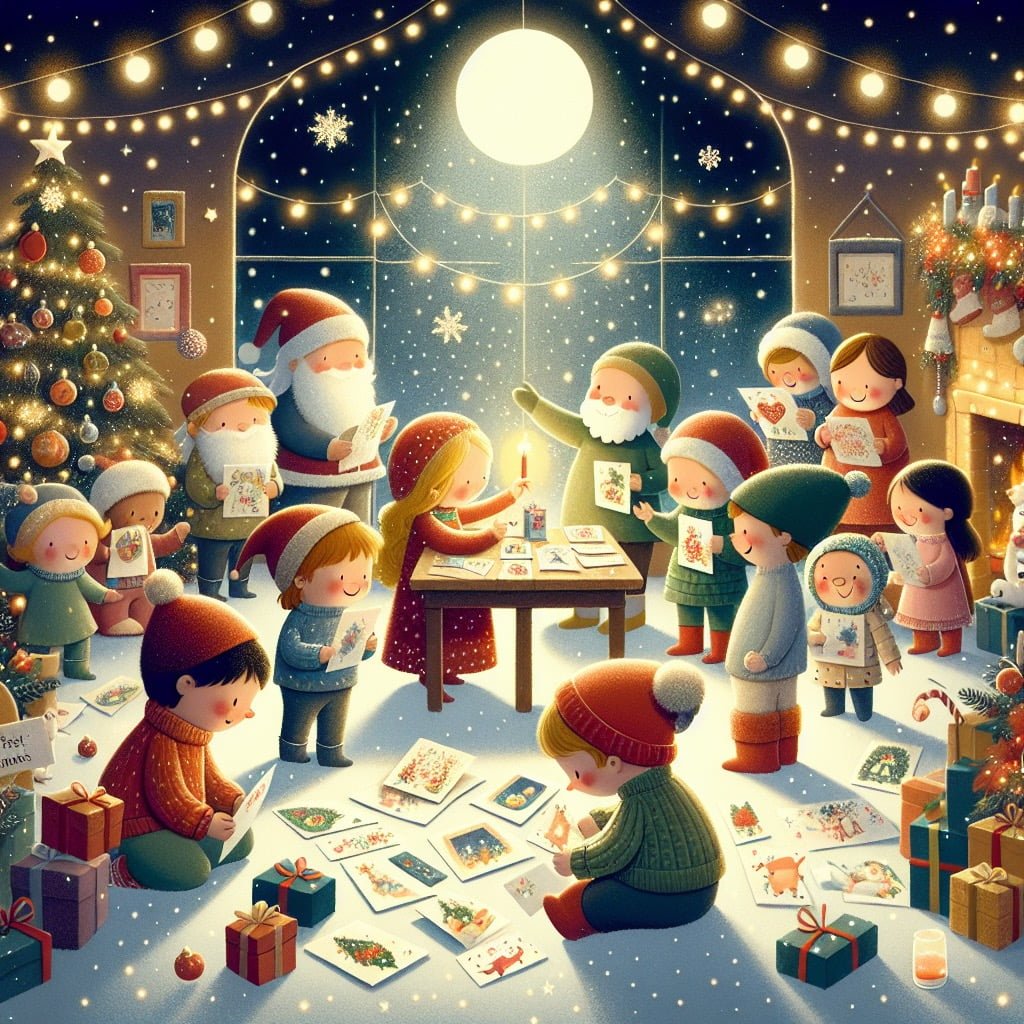
For younger kids: People started sending Christmas cards to wish their friends and family a happy holiday a long time ago!
For older kids: The first Christmas card was designed in 1843 by Sir Henry Cole in London, and today, millions of cards are sent each year to spread holiday cheer.
Detailed explanation:The tradition of sending Christmas cards began in 1843 when Sir Henry Cole, a British civil servant and inventor, commissioned the first commercial Christmas card. Prior to this, people would send handwritten letters to their loved ones during the holiday season, but the introduction of the Christmas card made it easier and more convenient to spread holiday cheer.
The first Christmas card was designed by John Horsley, an artist, and featured a festive scene of a family enjoying Christmas festivities. The card also included the message, “A Merry Christmas and a Happy New Year to You,” which has since become a popular holiday greeting. The card was printed in black and white and then hand-colored, making it a special and unique way to send holiday wishes.
The idea of sending Christmas cards quickly caught on, and the practice spread throughout Europe and eventually to the United States. By the late 1800s, Christmas cards were mass-produced and widely available, making it easy for people to send holiday greetings to friends and family near and far.
Today, sending Christmas cards is a beloved tradition that many people still practice. It is a fun and festive way to show loved ones that you are thinking of them during the holiday season. Whether they are handmade, personalized, or store-bought, Christmas cards continue to spread joy and cheer to people around the world.
In conclusion, the tradition of sending Christmas cards has a rich history that dates back to 1843. It is a wonderful way to connect with loved ones and share in the holiday spirit. Fun Facts for Kids About Holidays like Christmas cards are a special tradition that has stood the test of time.
Fun Facts for Kids About Holidays
3. The Oldest Known Valentine’s Day Message Dates Back to 1415
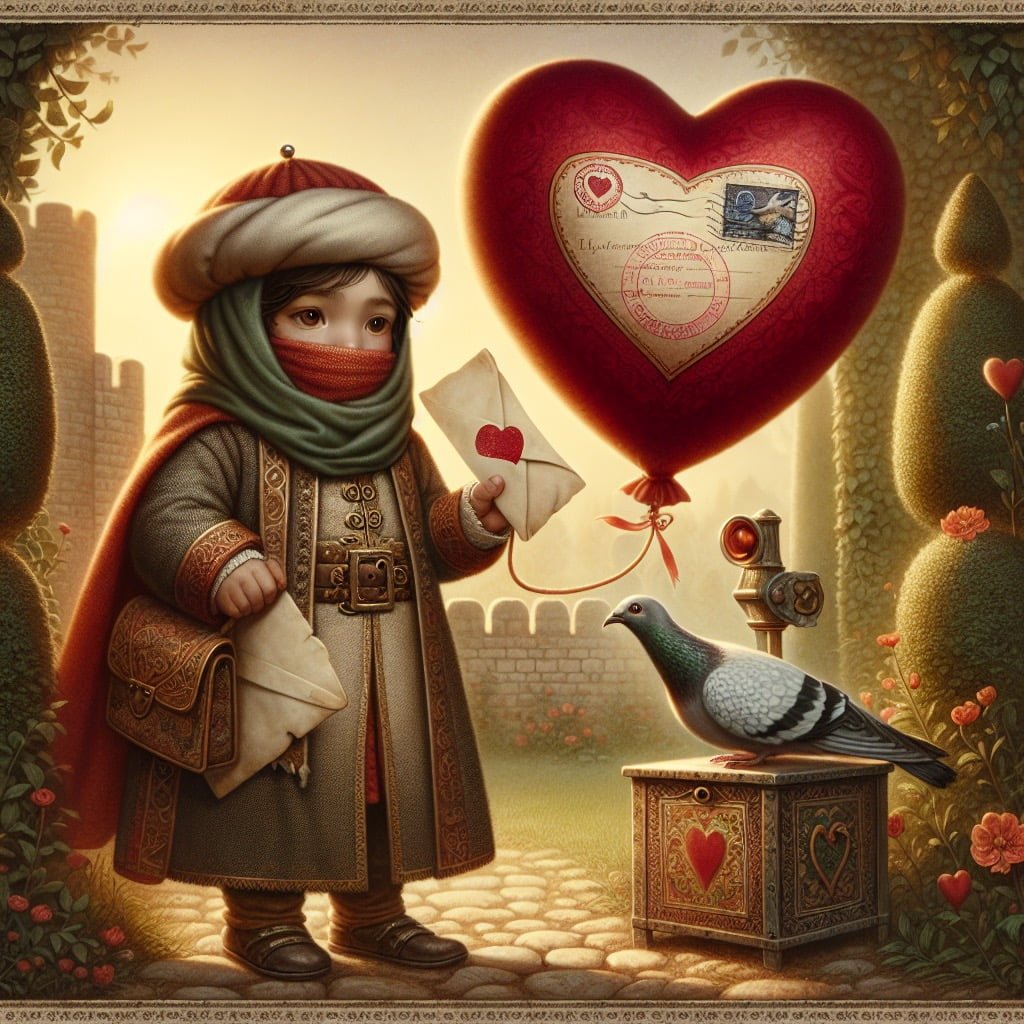
For younger kids: People have been sending love messages on Valentine’s Day for a very long time!
For older kids: The oldest-known Valentine’s Day message is a poem from 1415 written by a medieval writer named Charles, Duke of Orleans, to his wife while he was imprisoned in the Tower of London.
Detailed explanation:Fun Facts for Kids About Holidays can be both entertaining and educational, offering a glimpse into the history and traditions of various celebrations. One particularly interesting fact is that the oldest known Valentine’s Day message dates back to 1415. This message was written by Charles, Duke of Orleans, to his wife while he was imprisoned in the Tower of London. The poem, written in French, expresses his longing for her and his sadness at being separated on Valentine’s Day.
This historical Valentine’s Day message serves as a reminder of the enduring power of love and the importance of expressing affection for our loved ones. It also highlights the significance of Valentine’s Day as a day dedicated to romance and relationships.
The 15th-century Valentine’s Day message is a testament to the enduring popularity of this holiday and the timeless nature of love. Despite being written over 600 years ago, the sentiments expressed in the poem still resonate with people today. It is a reminder that love knows no bounds and can transcend time and distance.
In conclusion, the oldest known Valentine’s Day message from 1415 is a fascinating Fun Fact for Kids About Holidays that showcases the enduring tradition of expressing love and affection on Valentine’s Day. It serves as a reminder of the power of love and the importance of cherishing our relationships with those we care about.
Fun Facts for Kids About Holidays
4. The First Thanksgiving was Celebrated in 1621
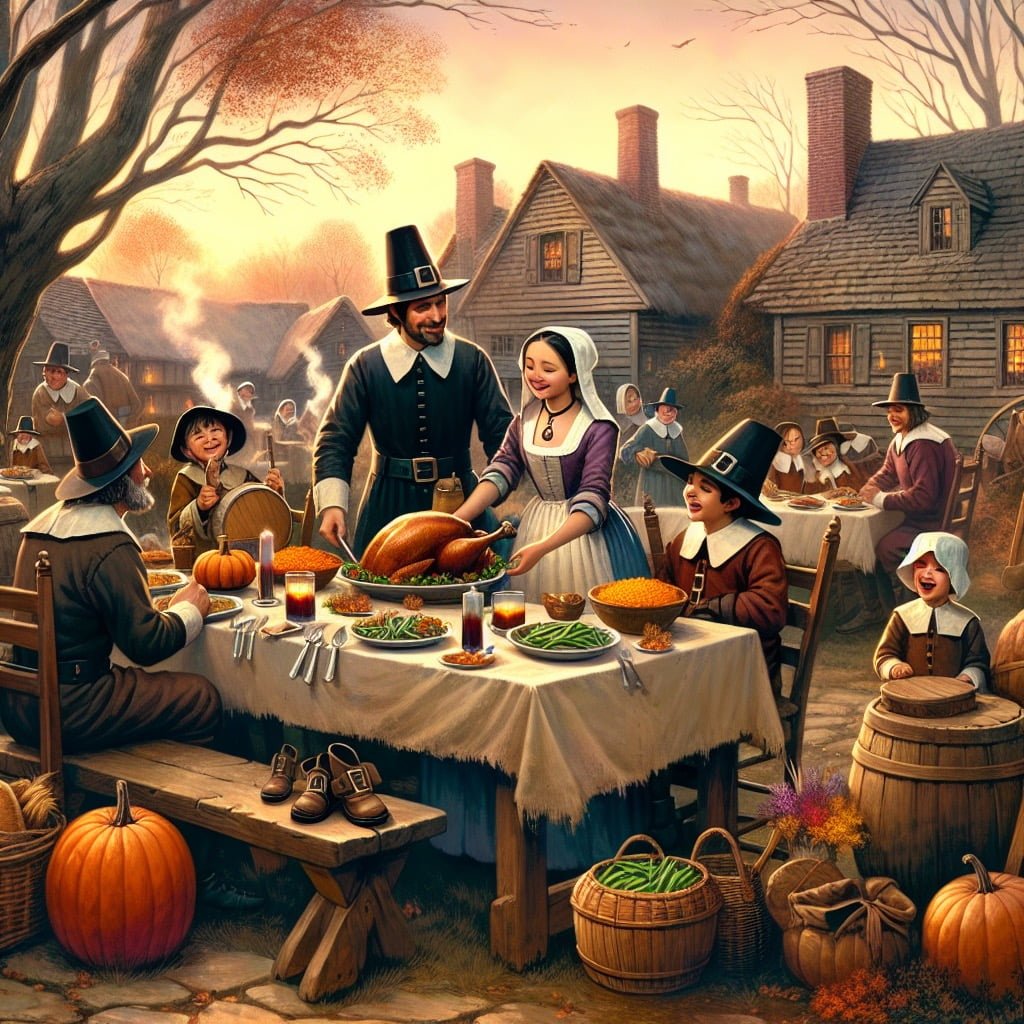
For younger kids: The first Thanksgiving was a big pary where people ate lots of delicious food together!
For older kids: The first Thanksgiving was celebrated in 1621 by the Pilgrims and the Wampanoag Native Americans to give thanks for a bountiful harvest and to celebrate their friendship.
Detailed explanation:One of the most well-known holidays celebrated in the United States is Thanksgiving, which dates back to the year 1621. This historical event, known as the First Thanksgiving, took place in Plymouth, Massachusetts in the fall of 1621. It was a celebration that brought together the Pilgrims, who had recently arrived in the New World, and the Wampanoag Native Americans who had helped them survive in their new environment.
The First Thanksgiving was a time of feasting and giving thanks for the bountiful harvest that the Pilgrims had reaped with the help of the Wampanoag. The two groups shared a meal together, which tradition states included turkey, fish, deer, corn, and other foods. It was a time of unity and friendship between two very different cultures, coming together to celebrate their successes and give thanks for their blessings.
This event is now known as Thanksgiving, a holiday that is celebrated on the fourth Thursday of November each year in the United States. Families and friends gather together to enjoy a meal, typically centered around a roast turkey, and to reflect on the things they are grateful for in their lives. It is a time of feasting, giving thanks, and spending time with loved ones.
In conclusion, the First Thanksgiving in 1621 marks the beginning of a long-standing tradition of coming together to celebrate and give thanks for our blessings. It is a reminder of the importance of gratitude, unity, and friendship, and continues to be a beloved holiday celebrated by people of all backgrounds and cultures.
Overall, Thanksgiving is a holiday filled with fun facts for kids about holidays, such as the history of the First Thanksgiving and the traditions that have been passed down through generations. It is a time for families to come together, enjoy a delicious meal, and reflect on the things they are thankful for.
Fun Facts for Kids About Holidays
5. Cinco de Mayo is Not Mexico’s Independence Day
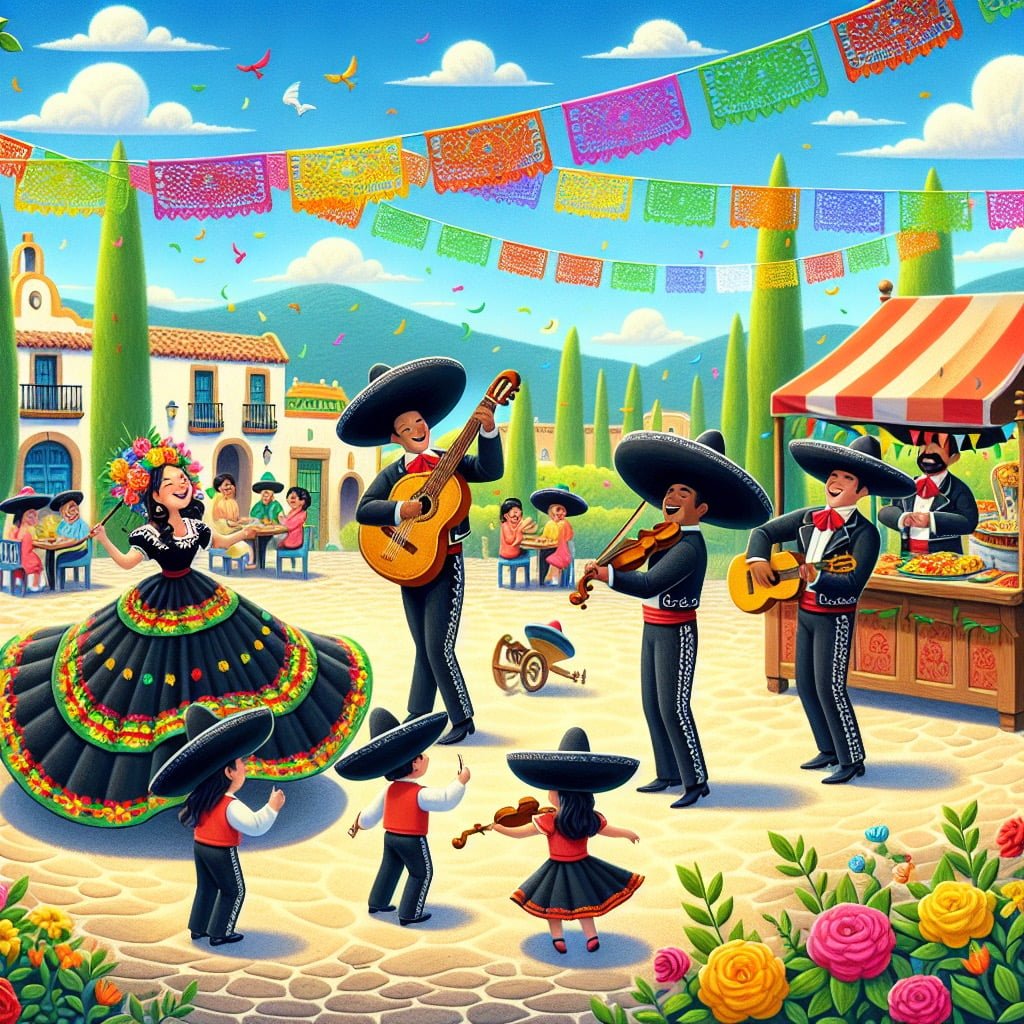
For younger kids: Cinco de Mayo is a special day in Mexico to celebrate with music, dancing, and delicious food!
For older kids: Cinco de Mayo commemorates the Mexican army’s victory over the French at the Battle of Puebla in 1862 and is often confused with Mexico’s Independence Day, which is celebrated on September 16.
Detailed explanation:One of the most common misconceptions about Cinco de Mayo is that it is Mexico’s Independence Day. However, this is not the case. Mexico’s Independence Day actually falls on September 16th, commemorating the country’s independence from Spanish rule in 1810. Cinco de Mayo, on the other hand, celebrates the Mexican army’s victory over the French forces at the Battle of Puebla on May 5th, 1862.
Cinco de Mayo is celebrated primarily in the state of Puebla in Mexico, where the battle took place. It is not a national holiday in Mexico, but rather a regional one. In the United States, however, Cinco de Mayo has become a widely popular celebration of Mexican culture and heritage.
Many people in the US associate Cinco de Mayo with parades, parties, mariachi music, dancing, and of course, delicious Mexican food and drinks. It has become a day to celebrate and appreciate Mexican traditions and history.
It’s important to note that while Cinco de Mayo is a fun and festive holiday, it is not Mexico’s Independence Day. Understanding the difference between the two can help people appreciate the rich history and culture of Mexico even more. So next time you celebrate Cinco de Mayo, remember to also educate others about the true significance of the holiday.
Fun Facts for Kids About Holidays
6. Christmas Wasn’t Always a Public Holiday in America
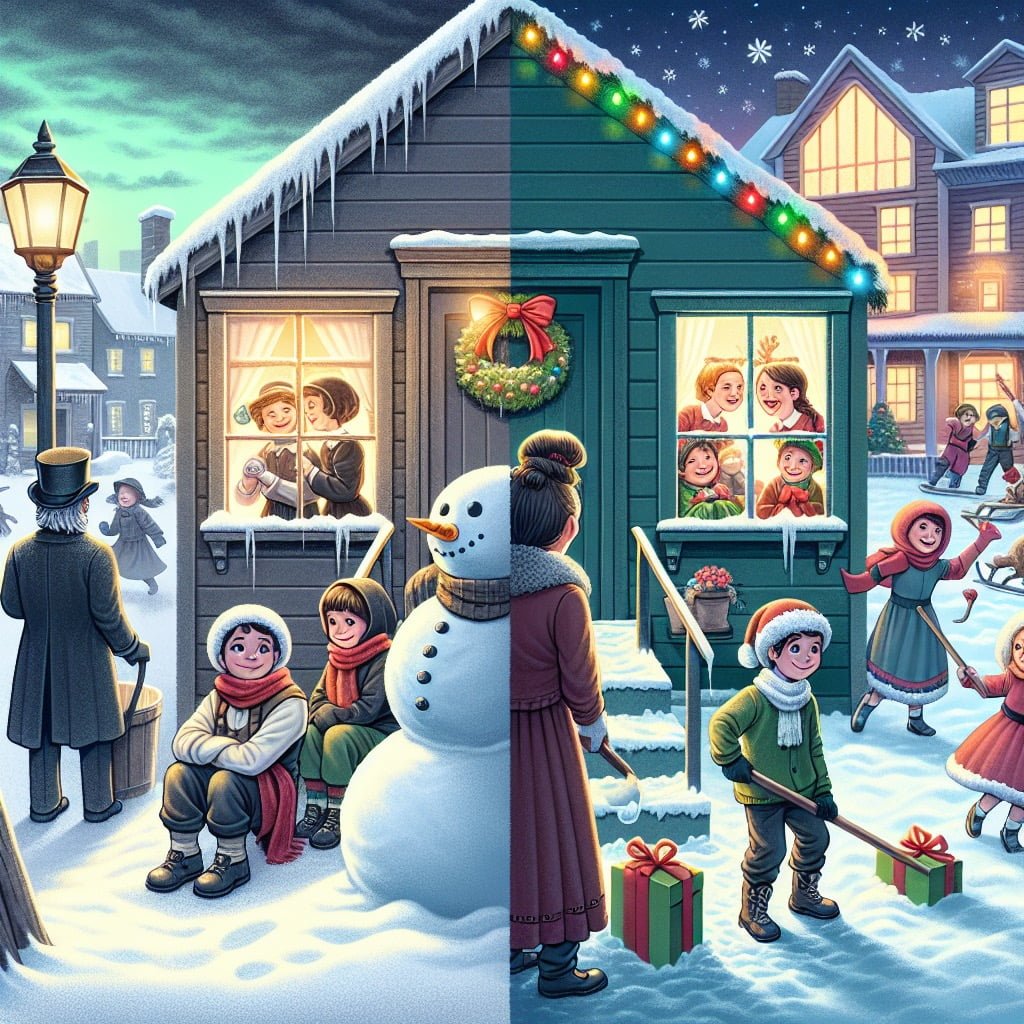
For younger kids: People used to have to go to school and work on Christmas, but now it’s a fun day off!
For older kids: Christmas was not declared a federal holiday in the United States until June 26, 1870, when President Ulysses S. Grant signed it into law.
Detailed explanation:In the United States, Christmas has long been celebrated as a major holiday, but it may come as a surprise to learn that it wasn’t always recognized as a public holiday. In fact, early American colonists did not typically observe Christmas as a holiday at all. Puritans, in particular, viewed Christmas as a pagan holiday with no biblical basis, and therefore did not celebrate it in any significant way.
It wasn’t until the 19th century that Christmas began to be recognized as a public holiday in America. The holiday gained popularity during this time due to the influence of European immigrants who brought their Christmas traditions with them. In addition, popular stories such as Charles Dickens’ “A Christmas Carol” helped to popularize the holiday and emphasize themes of generosity and goodwill.
In 1870, Christmas was officially declared a federal holiday in the United States. This decision was influenced by the growing popularity of Christmas celebrations around the country, as well as efforts to promote unity and national identity in the wake of the Civil War. Since then, Christmas has become one of the most widely celebrated holidays in America, marked by traditions such as gift-giving, decorating Christmas trees, and spending time with loved ones.
So, while Christmas may be a beloved holiday in the United States today, it wasn’t always the case. Its evolution from a non-recognized holiday to a widely celebrated public holiday is a fascinating aspect of American history. Fun facts for kids about holidays like Christmas can help them understand the origins and significance of these traditions, and appreciate the cultural diversity that enriches our holiday celebrations.
Fun Facts for Kids About Holidays
7. The First New Year’s Eve Ball Drop Happened in 1907
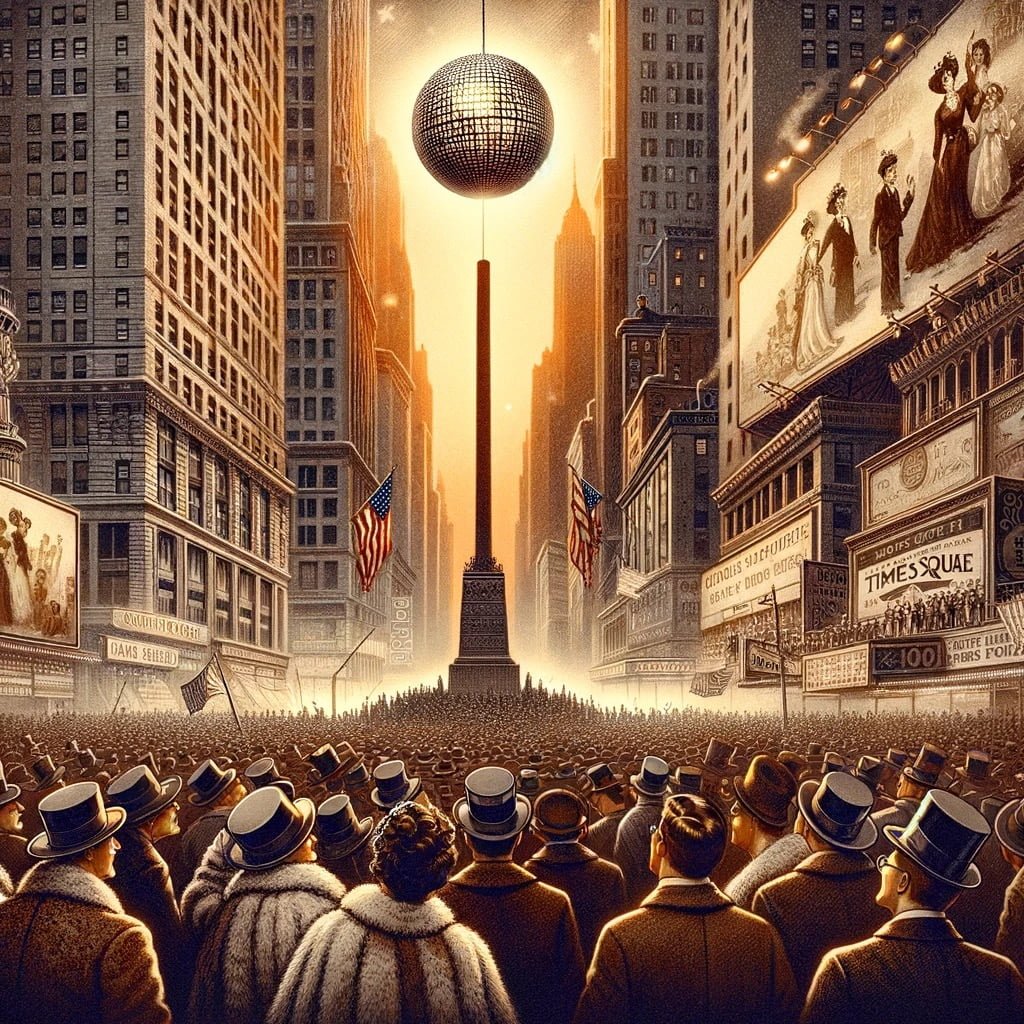
For younger kids: Every New Year’s Eve, a big shiny ball drops to welcome the new year!
For older kids: The tradition of the New Year’s Eve ball drop in Times Square, New York City, began in 1907 and has since become a global symbol of ringing in the new year.
Detailed explanation:One of the most iconic New Year’s Eve traditions in the United States is the ball drop in Times Square, New York City. This event, which marks the end of one year and the beginning of the next, has been happening since 1907. The concept of dropping a ball to signal the passage of time may seem strange, but it actually has a historical significance.
The first New Year’s Eve ball drop took place on December 31, 1907, organized by the owners of the New York Times. The idea behind it was to attract people to Times Square, which was then known as Longacre Square. The ball itself was made of wood and iron, weighed 700 pounds, and was covered in 100 light bulbs. As the clock struck midnight, the ball was lowered down a flagpole, signaling the start of the new year.
Over the years, the New Year’s Eve ball drop has become a beloved tradition, not just in New York City, but around the world. Millions of people gather in Times Square or tune in on television to watch the glittering ball descend as they count down to midnight. It has become a symbol of hope and renewal, a way to leave behind the past and embrace the future.
In conclusion, the New Year’s Eve ball drop is a tradition that has stood the test of time, bringing people together in celebration. It is a Fun Facts for Kids About Holidays that continues to capture the imagination and hearts of people of all ages.
Fun Facts for Kids About Holidays
8. Easter Eggs Symbolize New Life and Resurrection
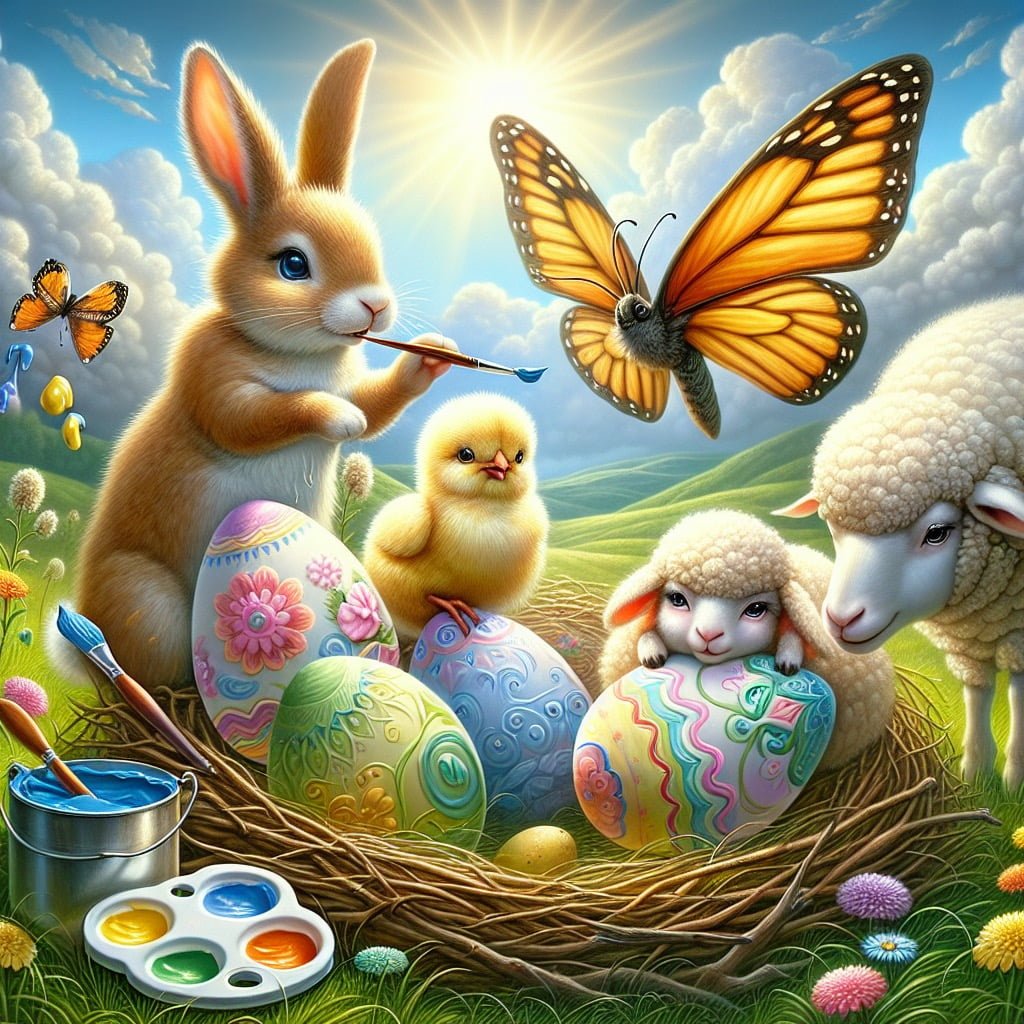
For younger kids: People decorate eggs for Easter to celebrate new beginnings and new life!
For older kids: Easter eggs are a symbol of new life and Jesus’s resurrection in many cultures, and the tradition of egg-decorating dates back to ancient civilizations.
Detailed explanation:Easter eggs have long been a symbol of new life and resurrection during the Easter holiday. The tradition of decorating eggs dates back to ancient civilizations such as the Egyptians and Persians, who believed that eggs were a symbol of fertility and rebirth. Early Christians adopted this tradition and began using eggs as a symbol of the resurrection of Jesus Christ.
One of the most common ways that Easter eggs are decorated is by dyeing them in bright colors such as red, green, and yellow. These vibrant colors are meant to represent the joy and new life that comes with the resurrection of Christ. In some cultures, eggs are also decorated with intricate designs or religious symbols such as crosses or fish.
In addition to their symbolic meaning, Easter eggs are also a popular treat during the holiday. Children often participate in Easter egg hunts, where they search for hidden eggs in gardens or parks. This tradition is a fun way for kids to celebrate Easter and enjoy the holiday festivities.
Overall, Easter eggs are a fun and meaningful tradition that symbolizes new life and resurrection during the Easter holiday. By decorating and hiding eggs, people of all ages can participate in the celebration of this important religious holiday. Fun Facts for Kids About Holidays like Easter eggs can teach children the significance of traditions and the historical symbolism behind them.
Fun Facts for Kids About Holidays
9. The Hajj Pilgrimage in Islam Must Be Done Once in a Lifetime
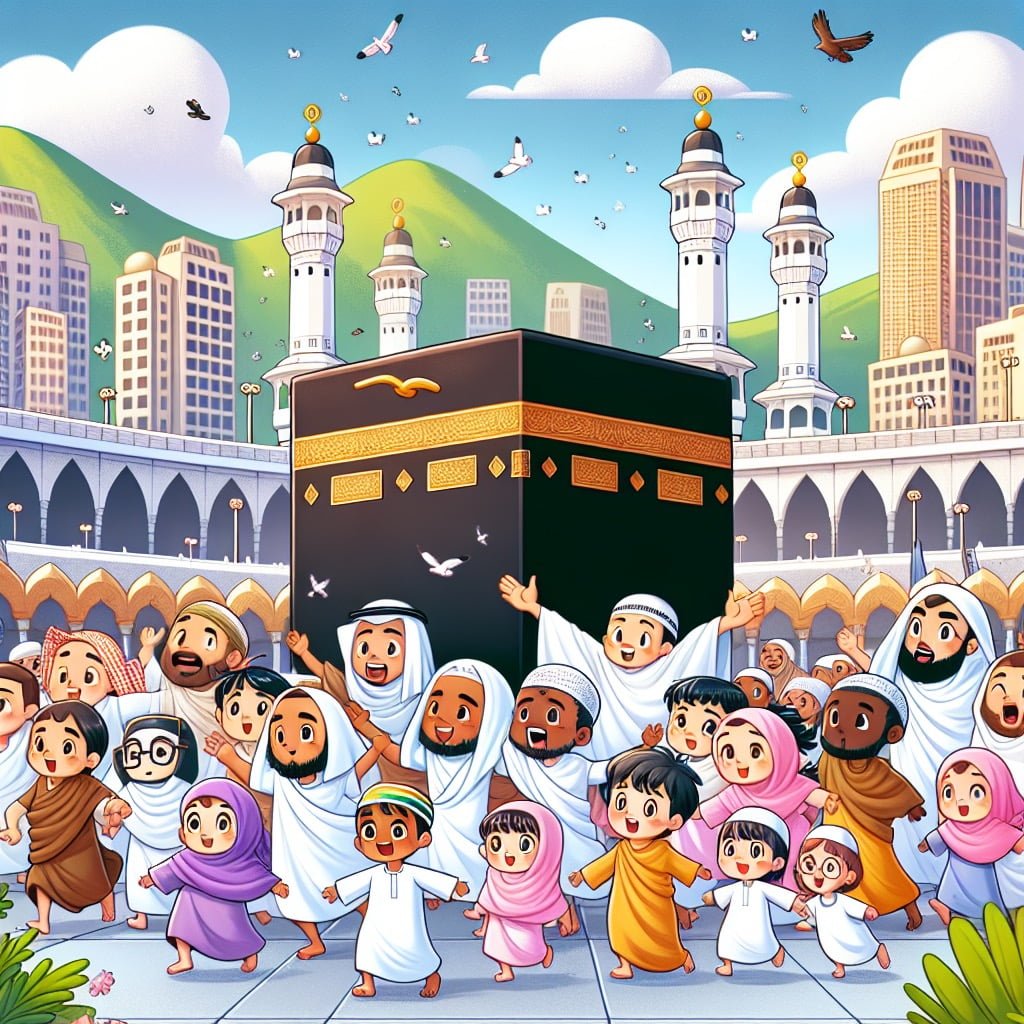
For younger kids: Every Muslim can visit Mecca and Medina as a special journey to show their faith!
For older kids: The Hajj pilgrimage to the cities of Mecca and Medina in Saudi Arabia is a religious duty that must be performed at least once in a lifetime by every adult Muslim who is physically and financially able to do so.
Detailed explanation:The Hajj pilgrimage in Islam is a sacred journey that every Muslim must undertake at least once in their lifetime, provided they are physically and financially able to do so. This pilgrimage takes place in Mecca, Saudi Arabia, during the Islamic month of Dhu al-Hijjah, specifically during the days of Eid al-Adha.
The Hajj pilgrimage is one of the Five Pillars of Islam, which are the five basic acts of worship that are considered mandatory for all Muslims. The other four pillars are the declaration of faith, daily prayers, giving to charity, and fasting during the month of Ramadan. The Hajj pilgrimage is a demonstration of the solidarity of the Muslim people and their submission to Allah.
During the Hajj pilgrimage, Muslims perform a series of rituals that commemorate the actions of Prophet Ibrahim and his family. These rituals include circling the Kaaba, the cubic structure at the center of the Grand Mosque in Mecca, performing the Sa’y, which is running between the hills of Safa and Marwah, and throwing pebbles at pillars that symbolize the devil.
The Hajj pilgrimage is a time for Muslims to reflect on their faith, seek forgiveness for their sins, and renew their commitment to Allah. It is a physically and emotionally challenging journey, but one that is considered to be extremely rewarding for those who undertake it. The experience of participating in the Hajj pilgrimage is seen as a transformative and deeply spiritual one for all who take part.
In conclusion, the Hajj pilgrimage in Islam is a once-in-a-lifetime journey that holds great significance for Muslims around the world. It is a time of spiritual growth, self-reflection, and unity among the global Muslim community.
Fun Facts for Kids About Holidays: The Hajj pilgrimage is a unique holiday in Islam that holds great importance for Muslims. It is a time for reflection, renewal, and spiritual growth.
Fun Facts for Kids About Holidays
10. Halloween Has Ancient Origins from Celtic Harvest Festivals
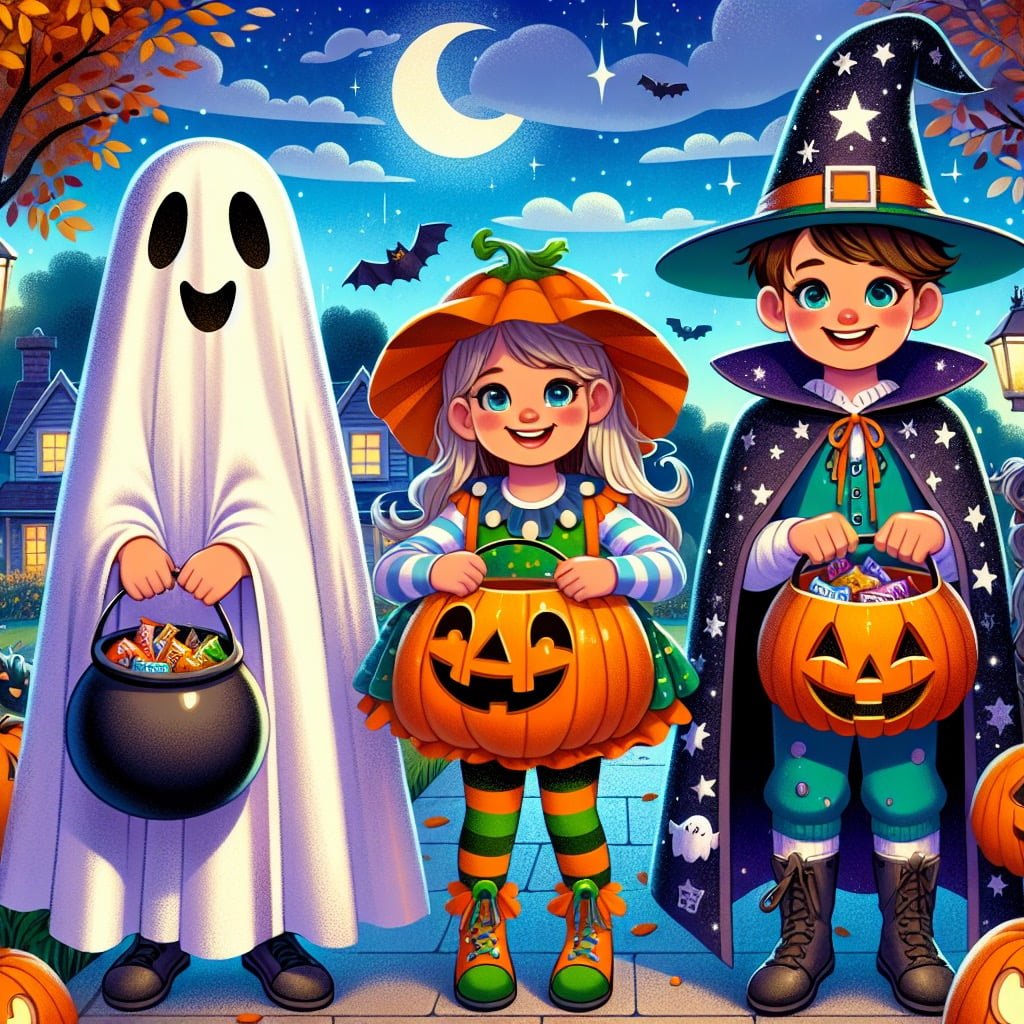
For younger kids: People dress up in spooky costumes and get lots of candy on Halloween!
For older kids: Halloween is believed to have originated from ancient Celtic harvest festivals, particularly the Gaelic festival Samhain, which marked the end of the harvest season and the beginning of winter.
Detailed explanation:Halloween, a popular holiday celebrated on October 31st every year, actually has ancient origins from Celtic harvest festivals. These festivals were known as Samhain, which marked the end of the harvest season and the beginning of winter. The Celts believed that on the night of October 31st, the boundary between the living and the dead was blurred, allowing spirits to roam the earth.
During Samhain, bonfires were lit to ward off evil spirits, and people would wear costumes and masks to disguise themselves from these spirits. This tradition eventually evolved into our modern-day practice of dressing up in costumes for Halloween.
Another fun fact for kids about holidays is that the tradition of trick-or-treating also has its roots in Celtic customs. During Samhain, people would leave out food and treats to appease the wandering spirits. This eventually transformed into the practice of children going door-to-door asking for candy on Halloween night.
As Christianity spread throughout Europe, the Catholic Church incorporated some of the Celtic traditions into their own holidays. Pope Gregory III established All Saints’ Day on November 1st, which was also known as All Hallows’ Day. The night before became All Hallows’ Eve, and eventually, Halloween.
In conclusion, Halloween’s ancient origins from Celtic harvest festivals are a fascinating aspect of this popular holiday. By understanding the history and traditions behind Halloween, we can appreciate the fun and spooky celebration even more.
Did You Know?
Some holidays have different meanings and symbols in various cultures, but they all bring people together in joy and celebration!
Overview of Interesting Holiday Facts for Children
Embark on a captivating journey into the fascinating world of holidays with fun facts for kids! By uncovering the hidden stories and origins behind popular traditions, children can gain a deeper understanding and appreciation for the cultural and historical significance of these special days. From the whimsical tales of Santa Claus to the sentimental traditions of Valentine’s Day, each holiday holds its own unique charm and symbolism that can spark curiosity and creativity in young minds.
Exploring fun facts about holidays not only expands children’s knowledge of the world but also fosters empathy and respect for different cultures. By learning about the diverse traditions and customs celebrated around the globe, kids can develop a sense of global awareness and appreciation for the rich tapestry of human history. So, join us on this exciting exploration of holidays and the exciting stories that make them so special!
Sources and additional information for Fun Facts for Kids About Holidays
WikipediaBritannicaHistory of Holidays (History.com)Time and Date HolidaysThe Old Farmer’s Almanac – SeasonsEarthSky – Earth’s SeasonsNational Geographic – The Science of WinterHoliday InsightsSeasons of the YearOffice HolidaysWhy Christmas?History ChannelTime and DateHallmark ChannelBritannicaWikipediaThe Spruce CraftsMartha StewartGood Housekeeping



